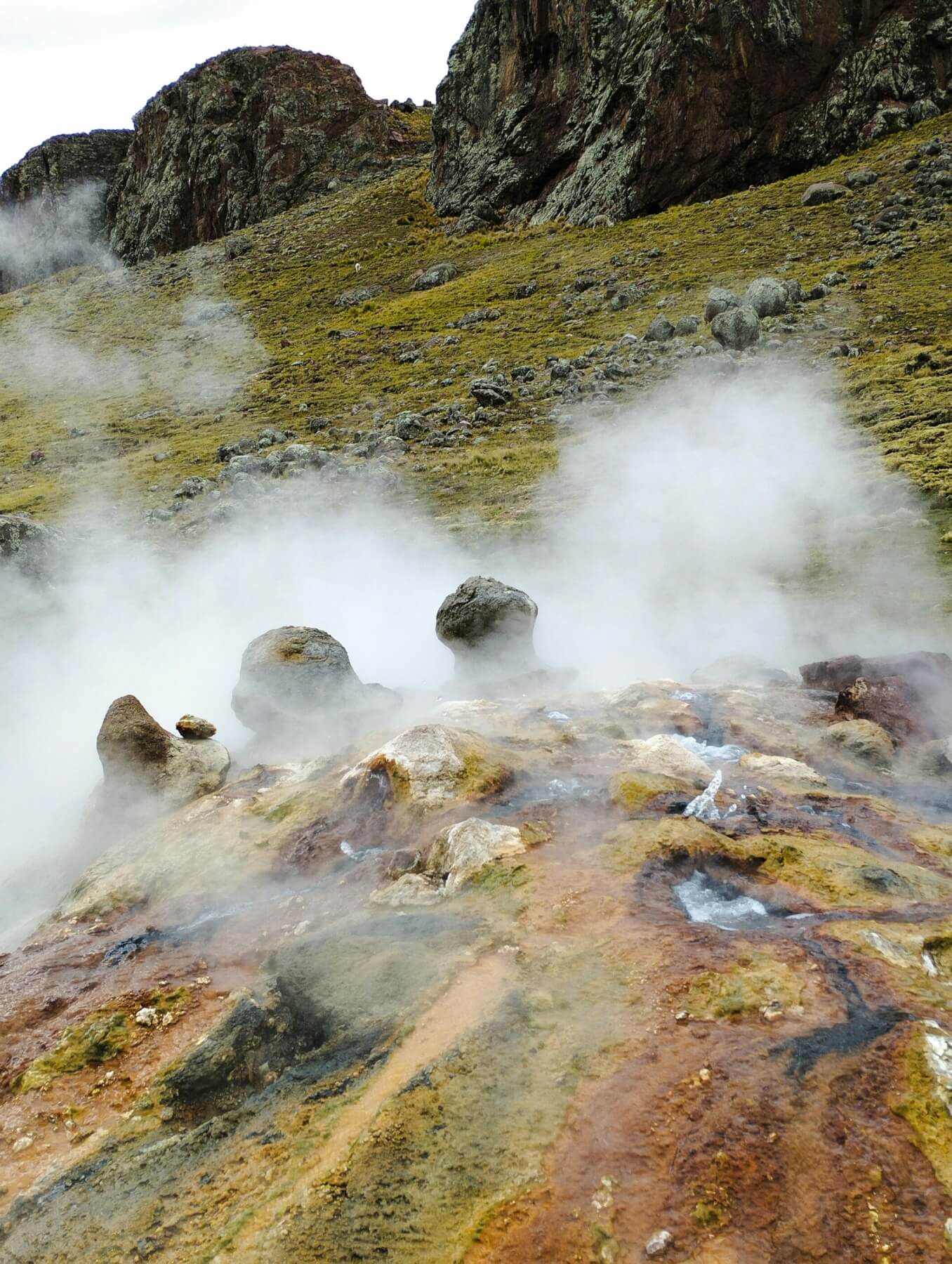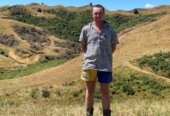Starting at 9 to 10 pm on August 21, 1986, heavy gases crept along the ground from the volcanic Lake Nyos in Cameroon, moving silently towards villages and homes. Over the following six to 36 hours people awoke weak and confused, some unable to speak, to find that 1746 people and thousands of animals had died.

Janine Krippner
Gases are a fundamental part of volcanic eruptions and a normal part of our planet’s cycles. Understandably, there is concern and even fear about toxic gases during eruptions, but it’s not as simple as eruption equals gases that kill or harm. The type of gases and their concentrations are important, as well as how long you are exposed to them (breathe and exist in the air containing them).
Thankfully, volcanic gases usually get blown away far above our heads, so during most eruptions we don’t have health impacts. However, when the conditions are right for us to be exposed to high concentrations for an extended time, we have a problem.
We measure the concentration of gases by parts per million (ppm), a unit used for very small amounts of one thing (a gas) in something else (like air). One ppm SO2 means there is one molecule of that gas per million within the whole mixture, or 0.0001% SO2. Here are just some of the volcanic gases released during and between eruptions. Some others are harmless, like the most abundant gas – water vapour, and others have different environmental impacts.
Sulphur dioxide (SO2) is irritating to the eyes, throat, and respiratory tract, and smells like fireworks or striking a match. We can smell this gas starting at 0.008-0.2 ppm and below this level some sensitive asthmatics can feel the effects. Exposure to SO2 over time can lead to headaches, coughing or difficulty breathing, and unfortunately those with conditions like asthma are more at risk. About 6 ppm could cause irritation of eyes, nose, and throat, and 20+ ppm leads to paralysis or death after prolonged exposure.
Hydrogen Sulphide (H2S) is the gas that gives the rotten egg smell at Rotorua starting at 0.0005 to 0.3 ppm. Our noses are very good at detecting this one! An interesting attribute of this gas is that we lose the ability to smell it at around 20 ppm, and increasing concentrations cause eye irritation and pain, respiratory tract irritation, pulmonary oedema (fluid in the lungs) above 250 ppm, nausea and vomiting, then death above 2,000 ppm.
Carbon Dioxide (CO2) has no smell and is 1.5 times heavier than air, leading it to sometimes accumulate in lower areas (e.g., pits or basements) where it can be deadly. In this case we talk about percentage in the air, where at 2-3 per cent we might have shortness of breath with exertion, at 5 per cent breathing can become laboured, loss of mental abilities, drowsiness, and ringing in the ears above 7.5 per cent, and above 15 per cent is a lethal concentration. This was the main gas involved in the Lake Nyos disaster.
Monitoring these gases is important for understanding what is happening with the volcanic system and detecting changes in activity, and also for protecting our health. While horrific events like that day at Lake Nyos are uncommon, we work to understand what happens and why to prevent this heartbreak from happening again.
For a more extensive description of health impacts from volcanic gases and ash go to the International Volcanic Health Hazard Network (IVHHN) website.

Volcanic gas on the ground. Anyela Málaga pexels.com









